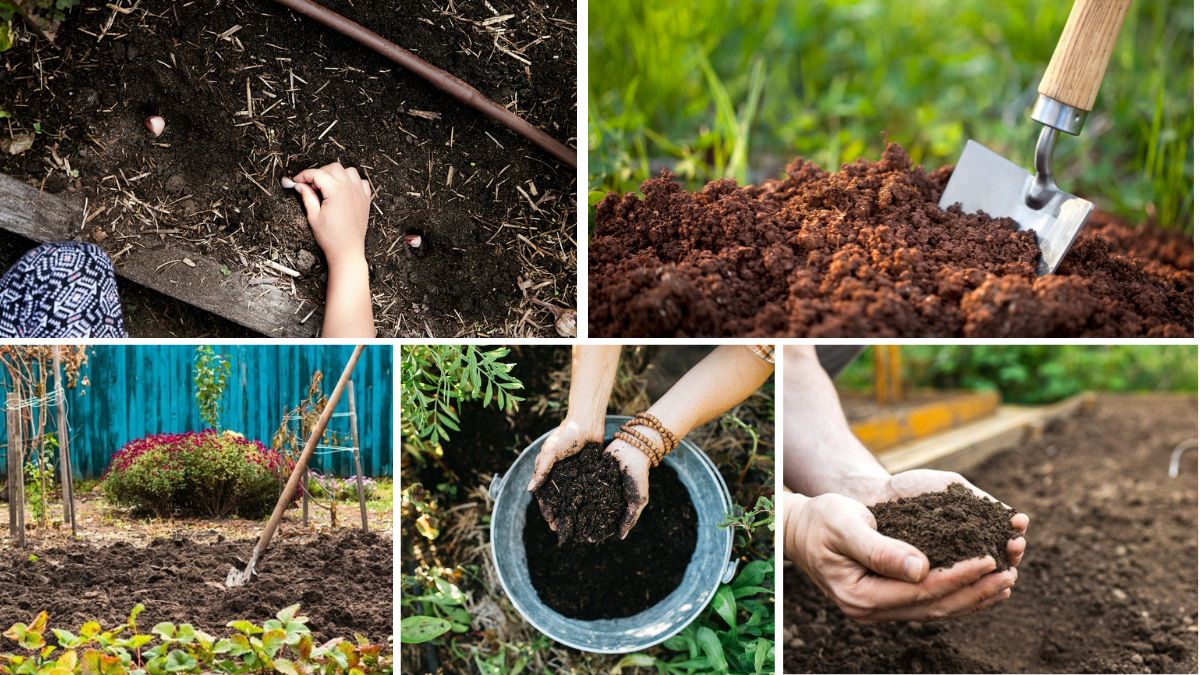Autumn is one of the most critical seasons for gardeners and farmers. As summer crops come to an end and the weather begins to cool, it is the perfect time to prepare your soil for planting. Whether you want to grow autumn vegetables, plant cover crops, or get ready for spring flowering plants, proper soil preparation in autumn ensures healthier plants, better yields, and long-lasting fertility. This article explores in detail how to prepare your soil in autumn, including techniques, amendments, and expert tips for both beginners and experienced gardeners.
Why Autumn Soil Preparation Matters
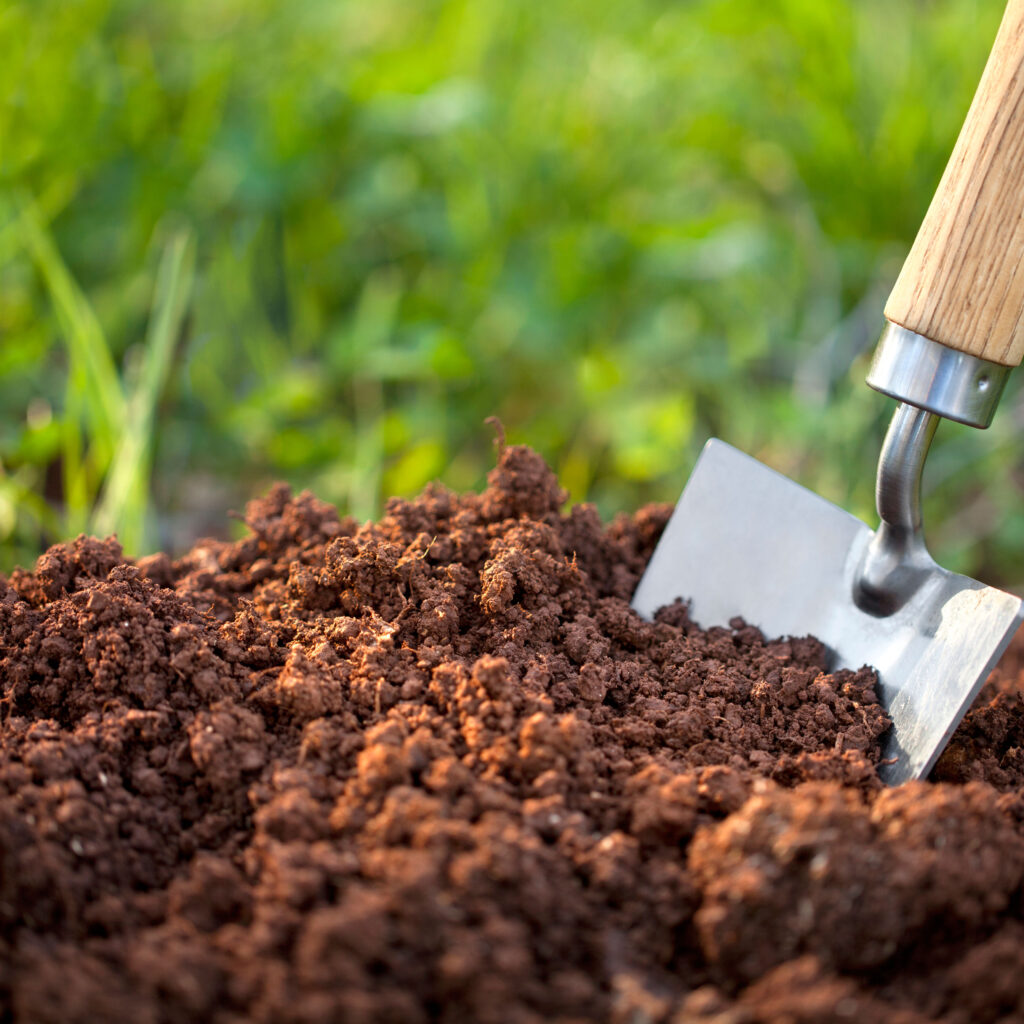
Many people think of spring as the season for gardening, but autumn preparation is equally essential. Here’s why:
- Soil Recovery – After summer, soil is often depleted of nutrients due to heavy cropping. Autumn preparation helps restore fertility.
- Weed and Pest Control – By preparing the soil in autumn, you naturally disrupt pest lifecycles and suppress weeds before they become problematic.
- Improved Soil Structure – Working on soil during cooler months allows natural processes like freezing and thawing to break down clumps, leading to looser soil in spring.
- Winter Protection – Adding organic matter and cover crops in autumn protects soil from erosion, leaching, and compaction during winter rains and frosts.
Step-by-Step Guide to Preparing Soil in Autumn
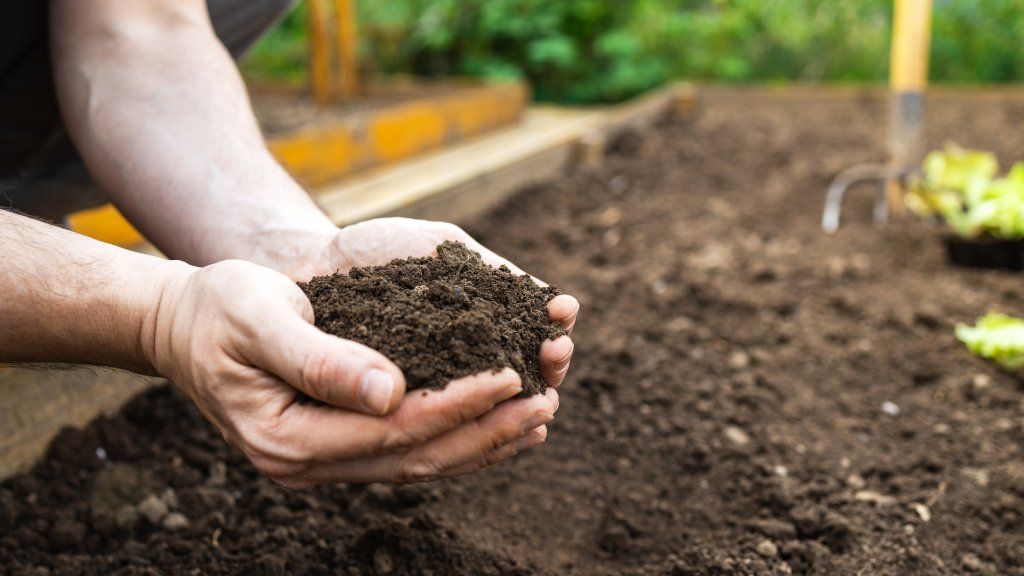
1. Clear Out Spent Plants
- Remove old vegetables, weeds, and plant debris.
- Compost healthy material, but avoid composting diseased or pest-infested plants.
- This prevents the spread of fungi, bacteria, and insects overwintering in the soil.
2. Test Your Soil
- Use a soil testing kit to check pH levels and nutrient content.
- Most vegetables prefer slightly acidic to neutral soil (pH 6–7).
- Adjust pH with lime (to raise pH) or sulfur (to lower pH).
3. Enrich with Organic Matter
- Add compost, manure, or leaf mold to restore nutrients.
- Organic matter improves soil fertility, structure, and microbial activity.
- Spread 2–4 inches of compost over the soil and mix it into the top 6–8 inches.
4. Mulching
- Apply a thick mulch of straw, wood chips, or shredded leaves.
- Mulch prevents weed growth, retains soil moisture, and protects roots from frost.
- Over winter, mulch breaks down and enriches soil naturally.
5. Plant Cover Crops (Green Manure)
- Crops like clover, rye, vetch, or mustard are excellent for autumn planting.
- Cover crops prevent erosion, fix nitrogen, and add organic matter when tilled into the soil in spring.
- They also suppress weeds and improve soil aeration.
6. Address Soil Drainage
- Autumn rains often reveal drainage problems.
- Raised beds or adding sand and compost can improve drainage.
- For clay-heavy soils, incorporate gypsum or coarse organic matter to prevent waterlogging.
7. Digging and Aeration
- Loosen compacted soil with a fork or tiller to allow roots and water to penetrate easily.
- Avoid over-tilling, which can damage soil structure.
8. Add Fertilizers and Minerals
- Use balanced organic fertilizers like bone meal (phosphorus), wood ash (potassium), and blood meal (nitrogen).
- Rock phosphate or greensand can be added for long-term mineral enrichment.
9. Protect with Winter Covers
- Use garden fabric, cold frames, or cloches to protect soil and extend the growing season.
- Covering prevents nutrient leaching and shields the soil from harsh weather.
Soil Preparation for Different Garden Types
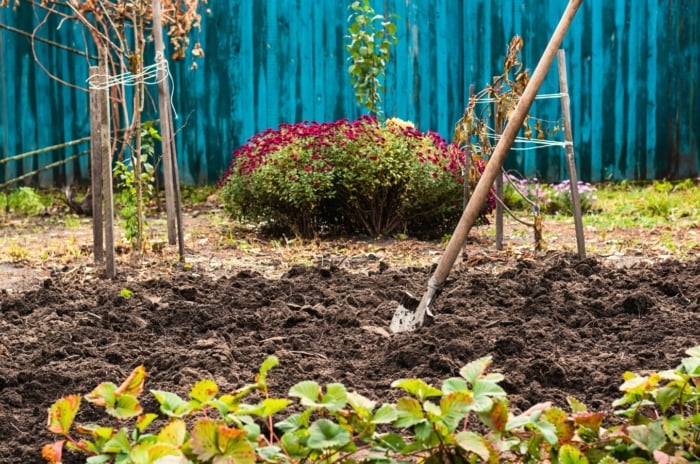
1. Vegetable Gardens
- Focus on adding compost and planting nitrogen-fixing cover crops.
- Leafy greens like spinach, kale, and lettuce thrive in nutrient-rich soil prepared in autumn.
2. Flower Gardens
- Autumn is the time to plant spring-blooming bulbs like tulips and daffodils.
- Mix bone meal into the soil to encourage root development.
3. Fruit Gardens
- Prepare soil around fruit trees and berry bushes by adding mulch and compost.
- Prune dead branches and aerate the soil to encourage healthy root growth.
4. Raised Beds and Containers
- Refresh container soil with new compost and organic amendments.
- Rotate crops in raised beds to prevent nutrient depletion and soil-borne diseases.
Common Mistakes to Avoid
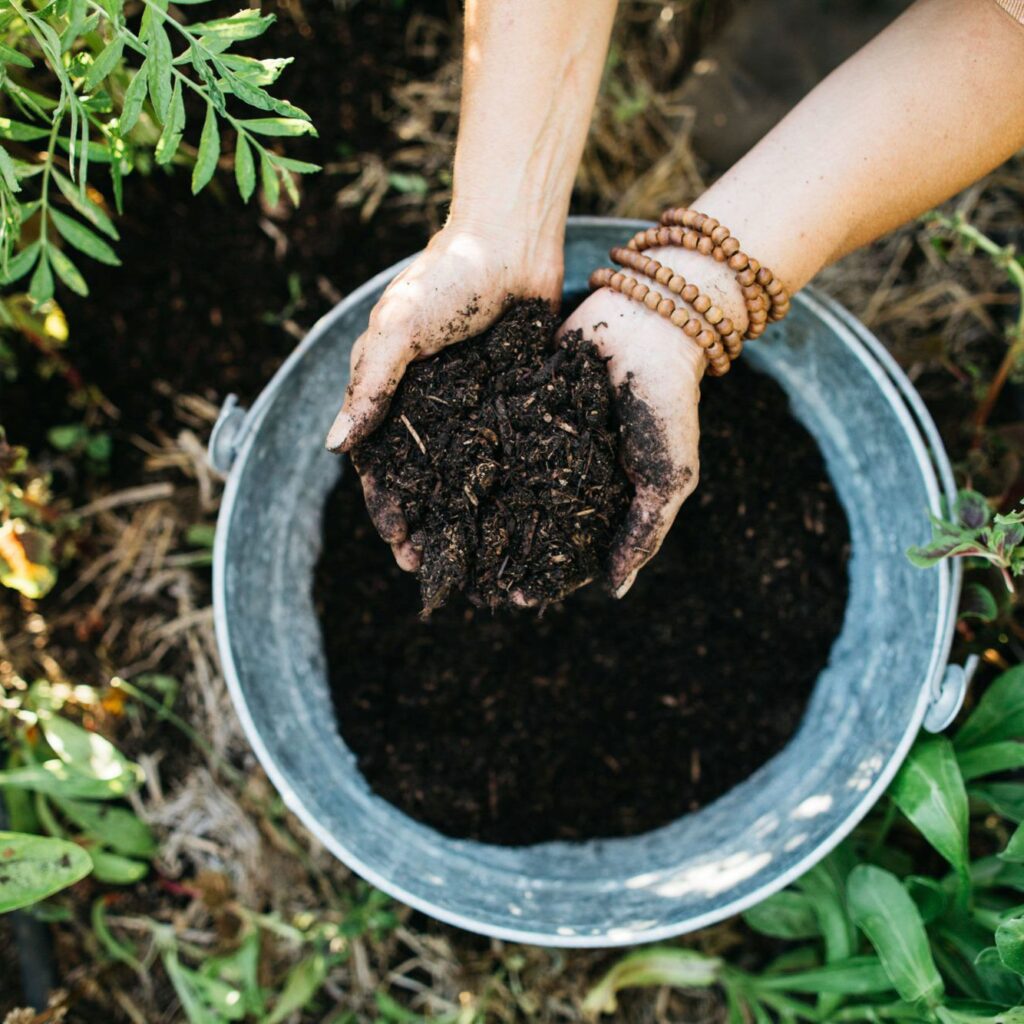
- Leaving Soil Bare – Uncovered soil erodes quickly and loses nutrients.
- Over-Fertilizing – Excess fertilizer leaches into groundwater and damages soil microbes.
- Ignoring pH Balance – Planting without pH adjustment may result in poor growth.
- Skipping Soil Testing – Guesswork often leads to over- or under-treatment.
Benefits of Autumn Soil Preparation

- Stronger, healthier plants in spring.
- Reduced pests and diseases.
- Improved water retention and drainage.
- Long-term soil fertility.
- Less work during the busy spring planting season.
Conclusion
Preparing soil in autumn is one of the smartest gardening strategies you can adopt. By enriching soil with organic matter, controlling weeds, planting cover crops, and ensuring proper drainage, you set the stage for a productive growing season ahead. Autumn soil preparation not only revitalizes your garden but also saves you time and effort in spring, allowing your plants to thrive naturally.
A well-prepared soil is the foundation of a successful garden, and autumn is the perfect season to give your garden the head start it deserves.
